Artificial turf for backyard lawns has become a popular alternative to natural grass for a variety of reasons. In the southern Tennessee area, many residents have turned to synthetic grass yards to counter the ongoing maintenance and rising cost of a natural lawn. Water usage, increased fertilizer costs, time consumption are just a few of the factors homeowners in the Chattanooga area have turned to synthetic turf.
When considering an artificial turf yard, there are several best practices you should keep in mind. Artificial turf can be a low-maintenance and durable alternative to natural grass, but proper installation and ongoing care are essential for optimal performance. Here are some key best practices to consider:
1. Choose High-Quality Turf
Invest in a reputable brand that offers high-quality artificial turf. Look for turf that has UV stability, good drainage capabilities, and realistic aesthetics.
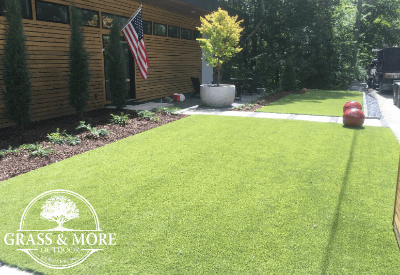
2. Install an Effective Drainage System
Artificial turf should be accompanied by a suitable drainage system to prevent water accumulation. This helps maintain a clean and dry surface and prevents issues like mold or mildew growth.
For applications that require extensive drainage or regular cleaning, XGrass systems often incorporate a drain tile underlayment utilizing our exclusive interlocking plastic tiles. Ideal for rooftop, pet and water play surfaces, our antimicrobial, interlocking tile system features a number of benefits that improve the performance, durability and safety of the turf system
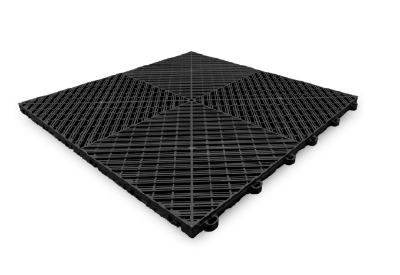
3. Use Appropriate Infill Materials
Infill materials are added between the turf blades to provide stability, cushioning, and support. Choose infill materials that are appropriate for the specific type of turf you have installed, and follow the manufacturer's recommendations.
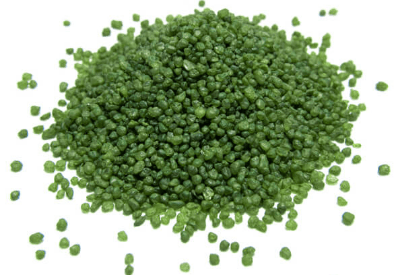
4. Regular Cleaning and Maintenance
Although artificial turf requires less maintenance compared to natural grass, it still needs regular care. Remove debris, leaves, and other organic matter from the surface to prevent bacterial growth. Brush the turf occasionally to maintain its upright position and prevent matting.
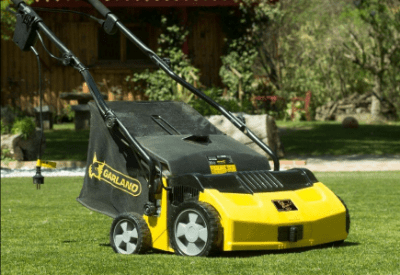
5. Regular Inspections
Periodically inspect your artificial turf for any signs of wear, tear, or damage. Address any issues promptly to prevent further deterioration and ensure the longevity of your investment.
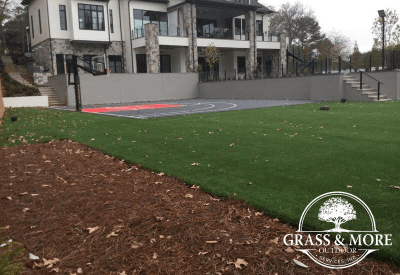
Switching to an artificial turf yard is a big move and hope this article helped you understand a little bit more about the process. We would love to talk with you and discuss your artificial yard ideas. Please reach out to us when you are ready learn more.

